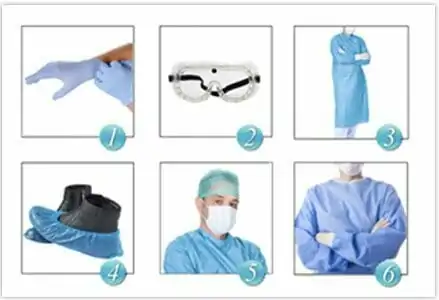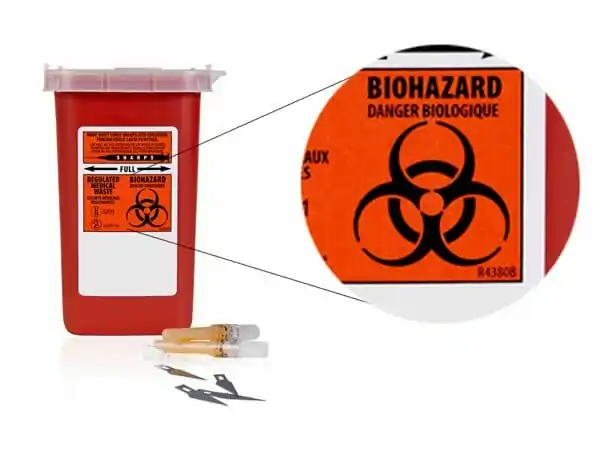In any situation it is imperative that you first ensure your safety. Check to see that the scene is safe first for you and the victim!
Protect yourself and (a) follow OSHA’s universal precautions, (b) use personal protective equipment, (c) follow other standard precautions and (d) be aware of proper biohazard waste practices.
a. Universal Precautions:
Universal Precautions is OSHA’s required method of control to “protect employees from exposure to all human blood and OPIM.”
If you come in contact with infectious blood or blood-containing materials, there is a chance you may get sick. For this reason, “universal precautions” means that you should treat all blood and blood-containing materials (OPIM) as if they contain HIV and other BBPs.
b. Personal Protective Equipment:
When you are around blood or OPIM, you should wear certain equipment to protect yourself – this is known as personal protective equipment (PPE).
PPE includes:

OSHA states that PPE can be determined based on the type of exposure and quantity of blood or OPIM that is anticipated to be encountered during a task or procedure. Check your company’s exposure control plan for more details.
c. Other Standard Precautions:

d. Handling Biohazard Waste:
All needles, sharps and potentially infectious materials must be stored and disposed of in specified containers with the proper warning label. Dispose of sharps in a
puncture-resistant, sharps disposal container. Follow your workplace regulations when disposing of this waste.
Biohazard waste bags/containers must have a fluorescent orange or orange-red background with the international biohazard symbol.
OSHA requires warning labels on bags/containers of contaminated laundry; regulated waste; contaminated equipment that is being shipped or serviced; refrigerators or freezers that store blood or OPIM; and on bags/containers used to store, dispose of, transport or ship blood or OPIM.
OSHA defines the usage of these controls (i.e., sharps disposal container, safer medical devices) as engineering and work practice controls. According to
this method of precaution ‘employers must selectand implement appropriate engineering controls to reduce or eliminate employee exposure.’
